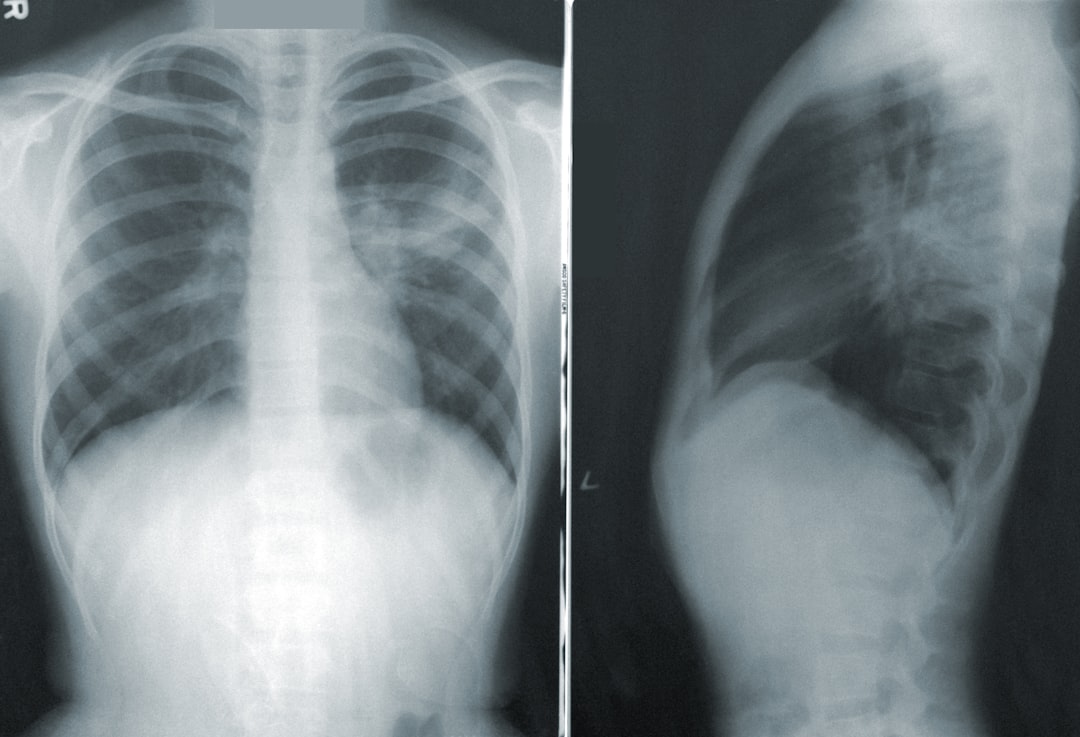What is it about?
In this paper we use a non-linear programming approach to predict the wider interregional and interindustry impacts of natural gas flow disruptions. In the short run, economic actors attempt to continue their business-as usual and follow established trade patters as closely as possible. In the model this is modelled by minimizing the information gain between the original pattern of economic transactions and the situation in which natural gas flows are disrupted. We analyze four scenarios that simulate Russian export stops of natural gas by means of a model calibrated on an international input-output table with six sectors and six regions. The simulations show that at the lower levels of aggregation considerable effects are found. At the aggregate level of the whole economy, however, the impacts of the four scenarios are negligible for Europe and only a little less so for Russia itself. Interestingly, the effects on the size of the economy, as measured by its GDP, are predominantly positive for the various European regions, but negative for Russia. The effects on the welfare of the populations involved, however, as measured by the size of domestic final demand, have an opposite sign; with predominantly negligible but negative effects for European regions, and very small positive effects for the Russian population.
Featured Image
Read the Original
This page is a summary of: Economic impacts of natural gas flow disruptions between Russia and the EU, Energy Policy, July 2017, Elsevier,
DOI: 10.1016/j.enpol.2017.03.030.
You can read the full text:
Contributors
The following have contributed to this page










